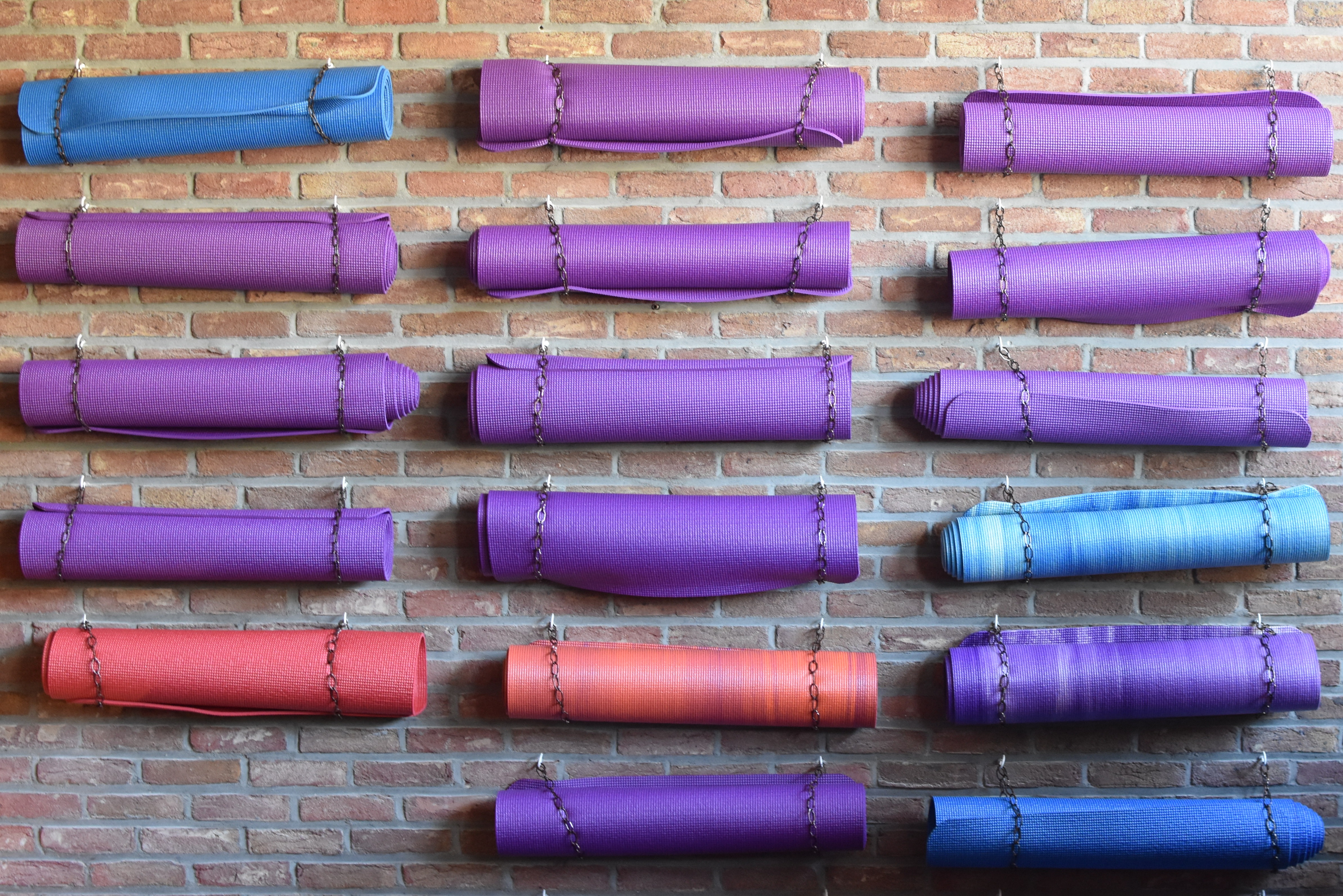I droped in on a class in North London over the weekend. Fifteen minutes into the sequence, the teacher calls the class together to demonstrate some alignment details. Half the women in the room move forward. The rest turn on their mobile phones and begin checking their messages.
 Those women could have been doctors on call. But I am guessing that they have a bit of internal busyness syndrome—the breathless, stress-addicted feeling of having way too much to do and way too little time to do it. Internal busyness, a complex of internally generated thoughts, beliefs, and bodily responses, can certainly be triggered by an especially busy day or a lot of competing demands. But unlike external busyness, which is the more straightforward state of simply having a lot to do, internal busyness doesn’t go away when tasks are done. External busyness—the pressure that comes from juggling a job, children, and all the tasks of running your life—can be managed. It can even be a yogic pathway, if you know how to practice with it. Internal busyness, however, manages you.
Those women could have been doctors on call. But I am guessing that they have a bit of internal busyness syndrome—the breathless, stress-addicted feeling of having way too much to do and way too little time to do it. Internal busyness, a complex of internally generated thoughts, beliefs, and bodily responses, can certainly be triggered by an especially busy day or a lot of competing demands. But unlike external busyness, which is the more straightforward state of simply having a lot to do, internal busyness doesn’t go away when tasks are done. External busyness—the pressure that comes from juggling a job, children, and all the tasks of running your life—can be managed. It can even be a yogic pathway, if you know how to practice with it. Internal busyness, however, manages you.
So when people say to me, “I’m so busy I can’t find time to practice,” I always ask them which kind of busyness they’re distressed by: external or internal. One clue that you might be suffering from the internal busyness syndrome is this: When you don’t have an immediate task at hand, when you have a moment that could be devoted to a few Ujjayi breaths or just spacing out, do you find yourself still mulling things over, wondering what you’ve forgotten to do? That’s internal busyness.
The paradox of busyness is a bit like the paradox of stress. On the one hand, human beings are built to be busy. We’re hard-wired for action—when it comes to our minds, muscles and life skills. To live is to act and there’s a lot of bliss in using our skills. Given the choice, most people would opt for a full life, even at the cost of having too much to do. Happiness, so elusive when we’re pursuing it, has a way of sneaking up when we’re fully absorbed in something—even if it’s just washing the dishes.
One powerful way to work with a tendency toward internal busyness is to periodically pause for two to three minutes during the day. While you’re at your desk or doing the laundry, play with a yogic practice like the ones described on these pages. The idea is to do it for its own sake, without expecting results.
Anti-rushing Practice
This practice releases the compulsion that often arises when you’re in a hurry. Try it now, and then practice it the next time you feel yourself rushing.
STOP. Stand or sit totally still for one full minute. First, say to yourself, “I have all the time in the world.” Then, bring to mind the image of a buddha in meditation. Hold the thought of the image in your mind while you breathe deeply and slowly five times. Keep that image in your mind as you continue on your way.









Super cool
Thanks I have really enjoyed this article